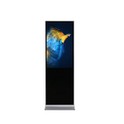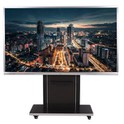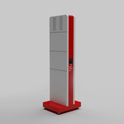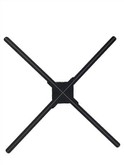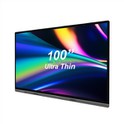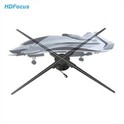Video Wall System
Large screen matrix system and splicing screen connection system scheme
In the indoor large-screen display system, the large-screen matrix system and the splicing screen are two commonly used control and display devices, which realize an integrated display scheme through connection. Among them, the large-screen systems applied to the matrix are basically occasions where multiple computer signals need to be input and switched signal display, such as some conference rooms or big data platforms and other occasions, in these occasions, the pictures on multiple computers need to be projected to It is displayed on the large screen, and the splicing screen is only used as a high-definition display screen. If the display size and position of the screen on the computer are realized, a large-screen matrix system is required for control and switching. Therefore, the composition of a splicing screen display system is composed of the following three parts, one is the front end in the computer signal source, the second is the large screen matrix system in the middle, and the third is the splicing screen. The computer is responsible for the input of the signal, the matrix system is responsible for controlling the signal, and the splicing screen is responsible for the display. The schematic diagram of the specific connection scheme is as follows.
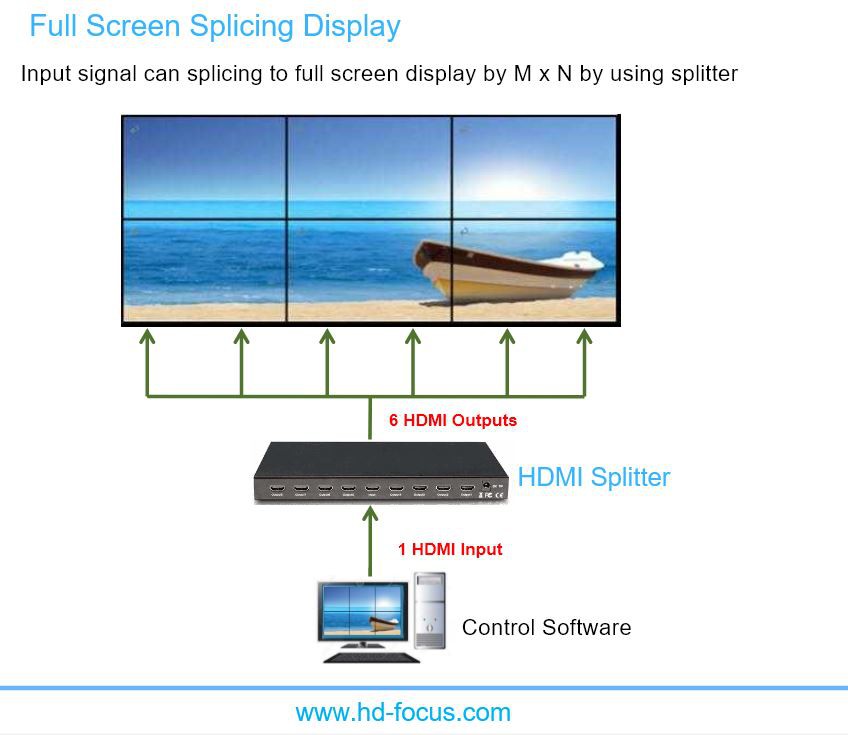
From the schematic diagram of the connection between the large-screen matrix system and the splicing screen system, we can see that the matrix is basically used when the signal source is multiple computers, and the large screen at the back end is the display system of the splicing screen. The HDMI interface matrix is mostly used, which supports multiple inputs and outputs. The input and output interfaces are mostly multiples of 4, such as 4 in and 4 out, 4 in and 8 out, and 8 in and 16 out. We can choose a large-screen matrix system with the corresponding number of interfaces according to the number of computers in the actual application and the number of splicing screens.
In the actual connection, a HDMI high-definition line will be drawn from the computer, and it will be connected to the input end of the matrix, and at the same time, the computer will be controlled to connect to the RS232 interface to realize the signal distribution and switching function settings. On the output interface of the matrix, multiple high-definition lines are also drawn according to the number of splicing screens, which are respectively connected to the input interface of the splicing screen, and the RS232 OUT output interface of the matrix is also connected to a certain splicing screen through an RS232 control line. In this way, a basic large-screen matrix system and a splicing screen connection scheme are completed, and the high-definition cables and control cables are mainly used. In addition, we need to connect all the splicing screens in series through the network cable, so as to realize the synchronous input of the signal and meet the full-screen display function, so that the picture on a certain computer can realize the full-screen display function. As the use of splicing screens in indoor conferences, exhibitions, data analysis and other fields is becoming more and more common, and there is not one input computer at the same time, the requirements for the large-screen control system can not be met by the distributor, and the large-screen matrix system has become widely used. One of them, because the resolution of the signal source is getting higher and higher, the traditional VGA matrix has been used very little, and the matrix of the HDMI interface has become the mainstream of the market. In the actual connection, we also need to consider the actual distance between the signal source and the large-screen matrix system and splicing screen. For example, in some exhibition halls, the signal source may be in the computer room, and the distance is relatively far. In order to ensure the smoothness of the signal Display, try not to exceed 30 meters of transmission, we also try to put the matrix behind the splicing screen to reduce the length of the high-definition cable.
Related Industry Knowledge
- How to adjust the splicing display ...
- Is the larger the size of the LCD v...
- How big is the gap of LCD video wall?
- What is the meaning of hard connect...
- LCD splicing screen and small spaci...
- What do you mean by splicing panels...
- Is the OLED splicing screen transpa...
- OLED splicing screen and LED splici...
- Construction plan of the central co...
- Large screen matrix system and spli...
- Advantage of Interactive Whiteboard
- 3D hologram fan for Christmas
- Leading the trend of the times -- L...
- Principle and application of 3D hol...
- What is a double-sided LCD digital ...
- What are the advantages of totem?
- The things of Interactive whiteboard
- Large shipments of digital signage ...
- What is the commercial value of 3D ...
- HDFocus 3D hologram Fan Formation P...





